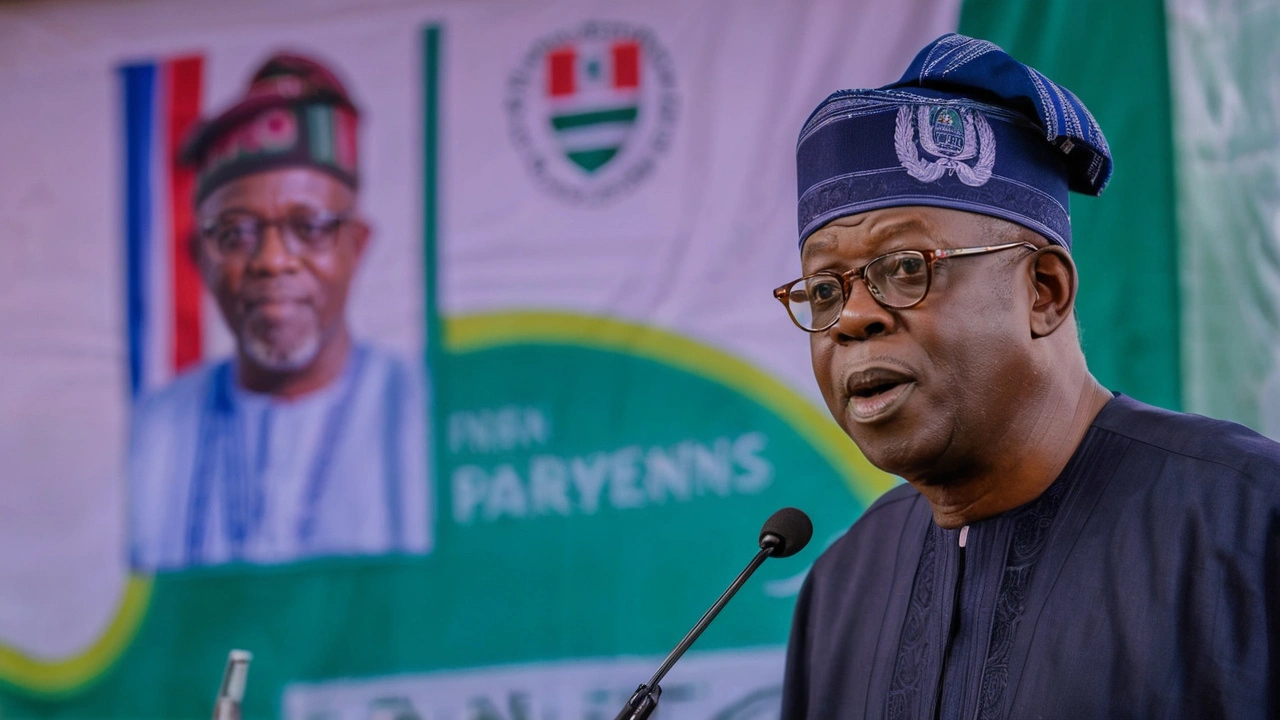Petrol Subsidy News in Africa – What’s Happening Now
If you’ve ever wondered why fuel costs jump one day and drop the next, a big part of the answer is petrol subsidies. In many African countries governments pay part of the price at the pump to keep travel affordable for citizens and businesses. That sounds great, but it also ties fuel prices to budget decisions, oil market swings, and political pressures.
In the last few months we’ve seen a wave of changes. Kenya announced a phased removal of its diesel subsidy after years of protests, while Nigeria’s government is tweaking its fuel price formula to reflect global crude trends. Ghana’s parliament voted on a temporary boost to the subsidy fund, and South Africa is debating whether to introduce a targeted relief program for low‑income commuters.
Why Governments Use Petrol Subsidies
Most governments start subsidies to protect consumers from volatile oil prices. When crude spikes, a subsidy can stop a sudden rise in transport costs, which helps keep food and goods cheap. It also supports key sectors like tourism and agriculture that rely on reliable fuel supplies.
However, subsidies cost money. In countries with tight budgets, the funds often come from taxes or foreign aid. That means less spending on health, education, or infrastructure. Critics argue that a blanket subsidy benefits wealthier drivers more than low‑income families who spend a higher share of their income on fuel.
What the Recent Changes Mean for Drivers
For everyday motorists, the headline is simple: expect some price movement at the pump. In Kenya, diesel prices are projected to rise by about 10 % over the next quarter as the subsidy winds down. Nigerian drivers may see a modest dip in gasoline costs after the new pricing formula takes effect, but long‑term stability will still depend on global oil trends.
If you’re budgeting for travel, keep an eye on official announcements from transport ministries and local news outlets. Many countries publish weekly price tables that show the subsidy amount per litre – a handy reference to compare before filling up.
Another practical tip: consider fuel‑efficient driving habits. Maintaining proper tire pressure, avoiding rapid acceleration, and reducing idle time can shave off a few cents per kilometre, which adds up when subsidies shrink.
Finally, stay engaged with community forums or social media groups that track fuel prices in real time. Some apps now pull official data directly from government portals, giving you an instant snapshot of any subsidy adjustments.
The bottom line is that petrol subsidies are a moving target. They can protect your wallet today but may be reduced tomorrow to balance the national budget. By understanding why they exist and watching for policy shifts, you can make smarter decisions at the pump and avoid surprises.

Tinubu Declares End to Petrol Subsidy and Multiple FX Rates: A New Dawn for Nigeria's Economy
Aug 4, 2024 / 11 Comments
President Bola Tinubu calls the petrol subsidy and multiple exchange rates a 'noose' around Nigeria's economy. His policy changes, ending fuel subsidies and unifying exchange rates, promise substantial economic shifts and national development.
READ MORERECENT POSTS
- Alan Shearer Slams VAR After Controversial Penalty Sends Arsenal Crashing Out of Champions League
- Hansi Flick's Unprecedented Winning Streak Ignites Barcelona's La Liga Campaign
- Can Amad Diallo and Amorim Transform Manchester United's Struggling Attack?
- Jadon Sancho Returns to Manchester United Training After Resolving Disputes with Erik ten Hag
- Sisi Yemmie Celebrates the Arrival of Twins: Nigerian Food Blogger's Memorable Path to Motherhood
